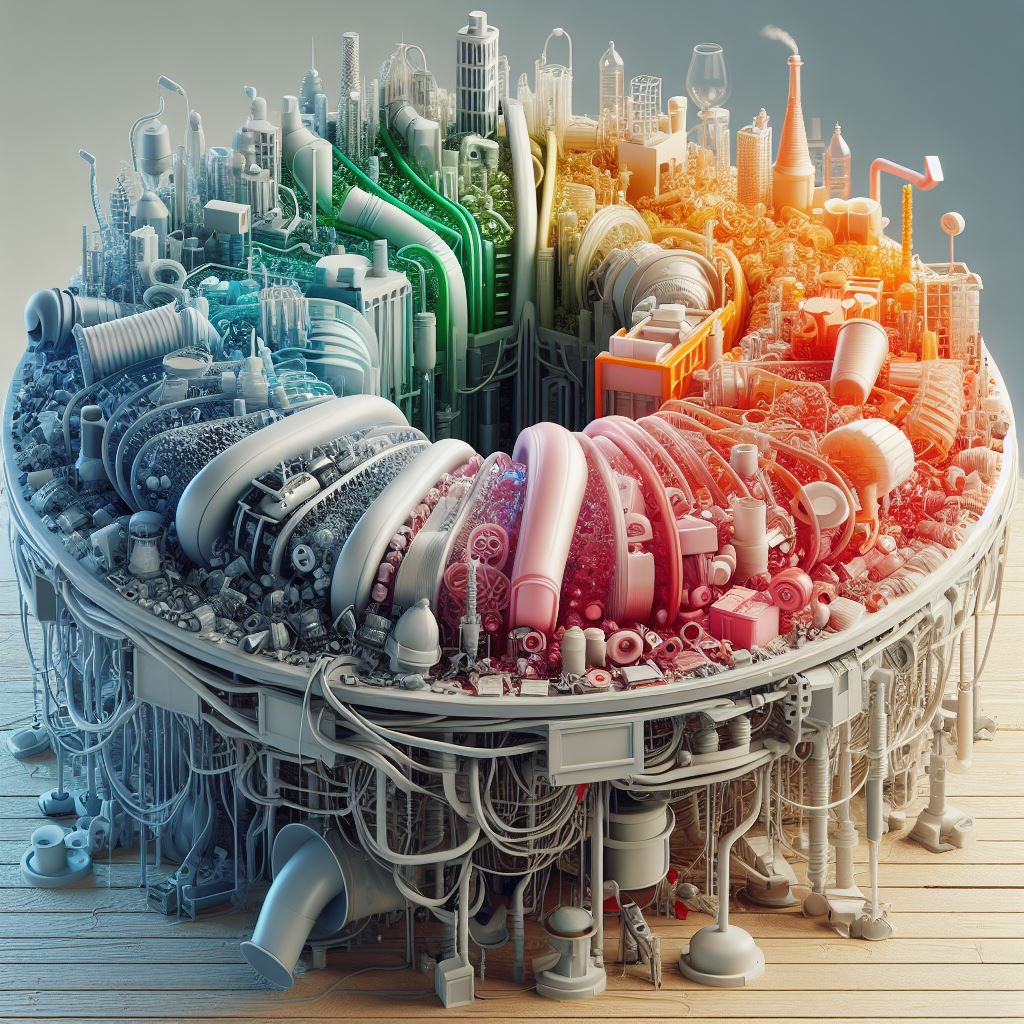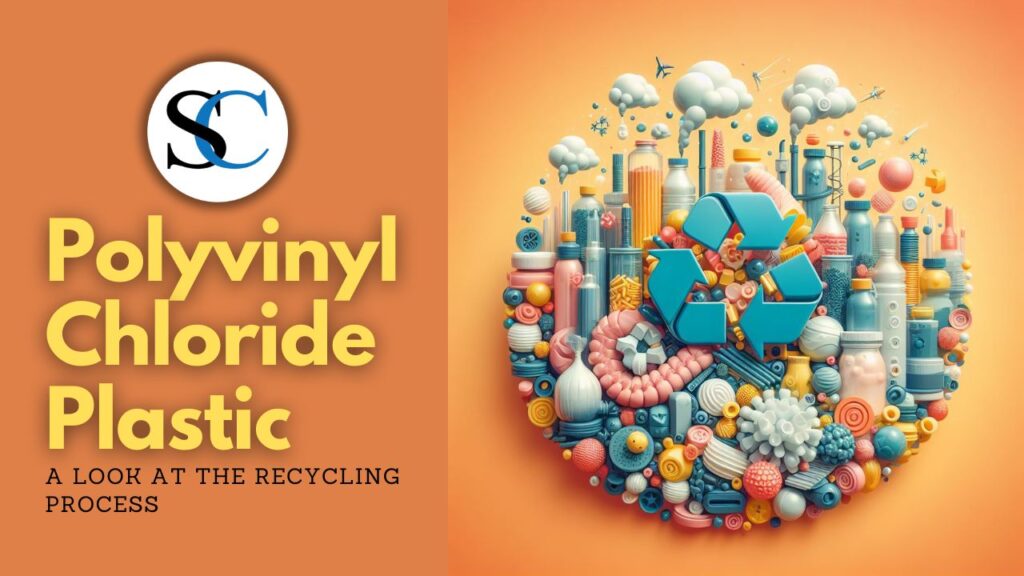Polyvinyl chloride (PVC) plastic is a ubiquitous material that manufacturers use in various products, including pipes, windows, flooring, and medical equipment. While its durability and versatility are undeniable, concerns about its environmental impact have grown in recent years. Thankfully, PVC recycling offers a glimmer of hope, transforming waste into valuable resources.
The Two Main Roads of PVC Recycling: Polyvinyl Chloride Plastic
There are two primary pathways for PVC recycling: mechanical and chemical. Each method boasts unique advantages and caters to different types of waste:
-
Mechanical Recycling: This method physically breaks down PVC items into small flakes or powders. These fragments are then washed, filtered, and potentially combined with virgin PVC to create new products. Common applications include pipes, cable insulation, and even outdoor furniture.
-
Chemical Recycling: This advanced process utilizes high temperatures and various chemicals to break down PVC into its base components. Manufacturers can use these elements, such as sodium chloride and hydrocarbons, to create virgin-quality PVC or to serve as feedstock for other industrial processes.
Diving Deeper: The Steps Involved:
Let’s delve into the specific steps involved in each recycling method:
-
Mechanical Recycling:
- Collection: Separating PVC waste from other plastics is crucial. This often happens at specialized recycling facilities or designated drop-off points.
- Sorting: PVC items are further categorized based on their type and potential contaminants.
- Grinding: The sorted PVC is shredded into small pieces.
- Washing: The ground PVC undergoes rigorous washing to remove dirt, debris, and any remaining contaminants.
- Compounding: Manufacturers might blend the clean PVC flakes with additives or virgin PVC to achieve specific properties for the final product.
- Remolding: Manufacturers then melt the compounded PVC and shape it into new products through processes like extrusion or injection molding.

-
Chemical Recycling:
- Preparation: Similar to mechanical recycling, workers sort and clean the PVC waste.
- Chemical Processing: Depending on the chosen technology, the PVC undergoes pyrolysis, hydrolysis, or other chemical reactions to break down its molecular structure.
- Separation and Purification: The resulting components are separated and purified to obtain usable materials.
- Reintegration: The recovered materials are then used to create new PVC or serve as industrial feedstock.
Challenges and the Future of PVC Recycling:
Despite the advancements, PVC recycling faces certain challenges:
- Mixed Waste Streams: Separating PVC from other plastics can be difficult and labor-intensive, impacting the efficiency of the process.
- Additives and Contaminants: The presence of additives and potential contaminants in PVC waste can affect the quality of the recycled material.
- Economic Considerations: Setting up and maintaining recycling facilities requires significant investment, impacting the overall cost-effectiveness.
However, research and development are continuously improving PVC recycling technologies. New sorting techniques and advancements in chemical recycling hold promise for a more sustainable future for this versatile material.
Conclusion: Polyvinyl Chloride Plastic
PVC recycling offers a crucial solution to mitigate the environmental impact of this widely used plastic. By understanding the different processes involved and acknowledging the ongoing challenges, we can encourage further innovation and promote responsible PVC waste management practices. As technology progresses, PVC recycling has the potential to transform waste into valuable resources, contributing to a more circular economy.
Polyvinyl Benzyl Chloride: Beyond PVC, a New Polymer Use





